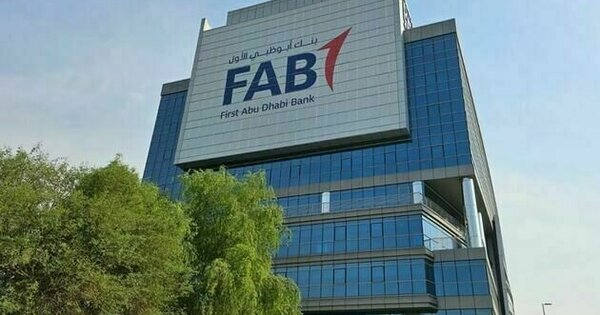A New Wave of Sustainable Finance
First Abu Dhabi Bank (FAB) has once again shown its commitment to environmental leadership by launching its second $20 million blue bond, specifically to back marine and water infrastructure initiatives. This follows a successful inaugural issuance earlier in the year, and reinforces the bank’s growing role in marrying finance with ecological purpose.
Blue bonds are relatively new in the sustainable finance toolkit, and they channel investment directly into projects that preserve oceans, manage water resources, and build climate resilience. With this second issuance, FAB demonstrates not just ambition but conviction that financial innovation can power real-world impact.
Why This Blue Bond Matters
This is more than just another bond. It’s a statement: that financial institutions can be agents of positive change. The funds raised will be purely directed toward projects aligned with environmental, social, and governance (ESG) criteria. Think of enhanced wastewater treatment, desalination powered by renewables, coastal protection, and water recycling systems.

These are precisely the kinds of projects the UAE needs. In a region where water scarcity, rising sea levels, and climate stress are existential challenges, the blue bond becomes a bridge — between capital markets and resilient infrastructure.
By aligning with the UAE Water Agenda 2036 and broader national climate goals, this bond is not only a financial instrument but a strategic tool in shaping the country’s sustainable future.

What the Funds Will Support
FAB has earmarked the proceeds for a range of high-impact marine and water-related projects. Among them:
- Upgrading and expanding wastewater treatment plants, increasing capacity to support irrigation and reuse in urban and agricultural areas.
- Building or scaling desalination plants powered by renewable energy, with battery storage to smooth out supply.
- Reinforcing coastal infrastructure to guard against erosion and sea-level rise.
- Rolling out water recycling systems in residential and industrial zones.
All these projects will be subject to strict ESG risk assessments and ongoing monitoring to confirm that environmental and social goals are being met.
The Human Element: Voices Behind the Bond
This initiative is grounded in real people, not just policy. Take Shargiil Bashir, FAB’s Group Chief Sustainability Officer, who calls the bond issuance a “milestone” in the bank’s journey. He emphasizes that clients, institutions, and communities must come together to make climate-positive outcomes possible.
Global investment firms backing this bond also see it as more than a yield play. They view it as an opportunity to channel capital into meaningful change — to help shape a resilient future where growth doesn’t come at the expense of nature.
The Broader Context: Blue Finance and the UAE
While green bonds (for renewable energy, clean transport, etc.) have been more common, blue finance is still emerging. That makes FAB’s efforts all the more pioneering in the region. By issuing successive blue bonds, the bank is helping to define what marine and water-centric sustainable investment looks like in the Gulf.
For the UAE, this aligns neatly with its climate ambitions, net-zero targets, and international reputation as a leader in innovation. Hosting global conventions on conservation and water resources adds momentum — FAB’s bond becomes a showcase of how private capital and national agendas can intersect.

Challenges and Opportunities
Of course, no bold initiative is without obstacles. Measuring marine impact precisely, ensuring long-term sustainability, and maintaining investor confidence are non-trivial tasks. Ensuring transparency in how funds are deployed and verified will be critical to sustaining momentum.
Yet the upside is huge. As more institutions see the success of blue bonds, more capital may flow into marine conservation, water infrastructure, and climate resilience — creating a virtuous cycle of investment and ecological benefit.
For FAB, the second bond is also a proof point: the market supported the first, and investors are ready for more impact-oriented instruments.
What This Means for Communities
Local populations benefit directly. Improved water treatment means safer, cleaner water in homes and agriculture. Desalination and recycling reduce pressure on natural freshwater sources. Stronger coastal defenses protect settlements and ecosystems from climate shocks.
Moreover, these projects can spark jobs, skills development, and technological innovation in marine engineering, renewable energy integration, and smart water management.
In a sense, this bond invests in lives and livelihoods — not just infrastructure.
Looking Ahead: Where Can This Lead?
If all goes well, FAB may continue issuing blue bonds, scaling up amounts, durations, and project diversity. Other banks may join, creating a regional blue bond market. Governments might embed blue finance into national plans, offering guarantees or incentives.
With robust frameworks and active stakeholder participation, blue bonds could become a staple of sustainable finance — not a niche. For the UAE, that means being not just a user but a pioneer and exporter of climate finance models.
Do follow UAE Stories on Instagram
Read Next – Barn’s Expands into Oman and UAE with Strategic Franchise Agreement















